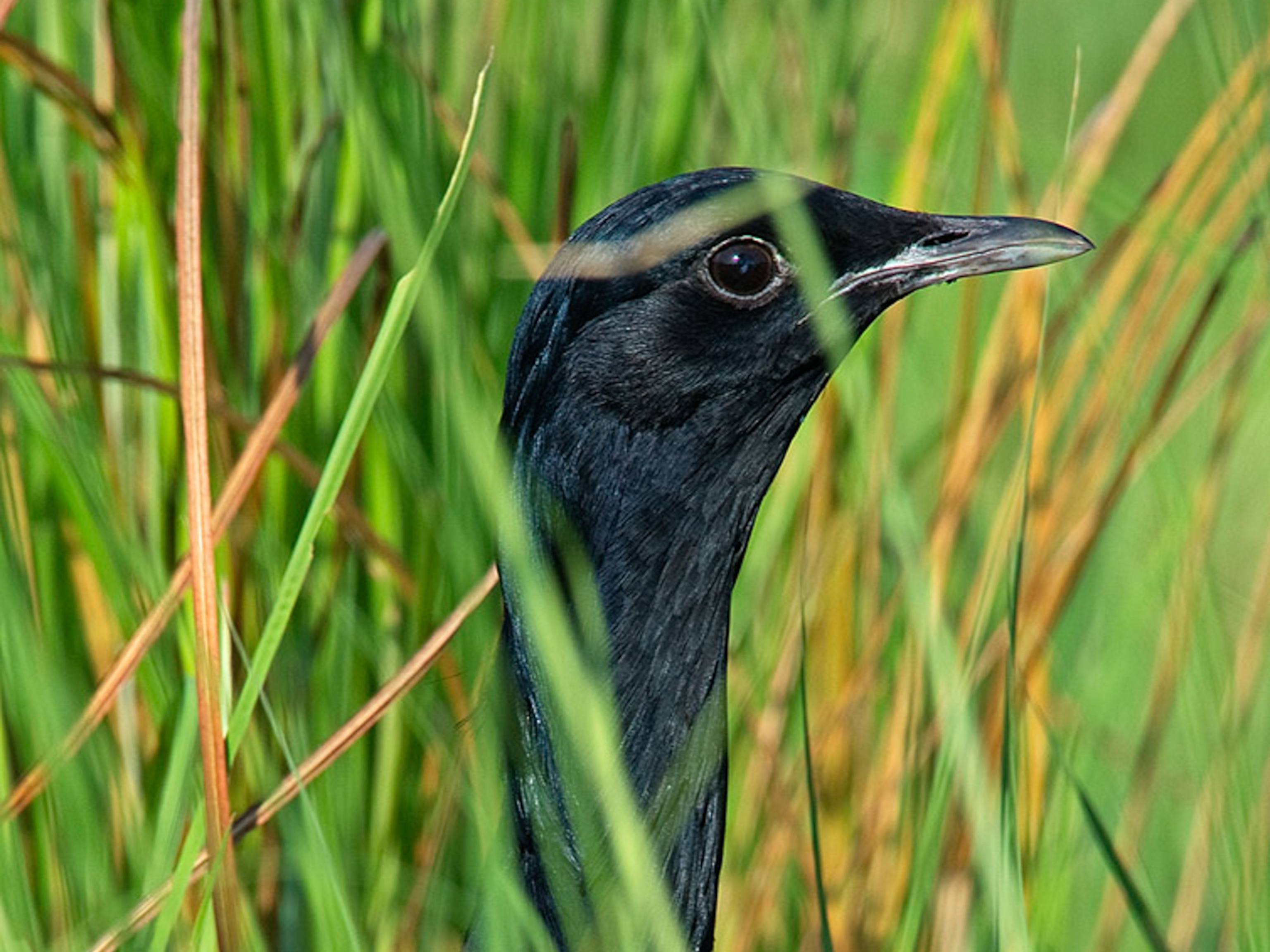
Mercury Poisoning Makes Birds Act Homosexual
Metal may influence sexual development in white ibises, expert says.
Male birds that eat mercury-contaminated food show "surprising" homosexual behavior, scientists have found.
In a recent experiment in captive white ibises, many of the males exposed to the metal chose other males as mates.
These "male-male pairs did everything that a heterosexual pair would do," said study leader Peter Frederick, a wildlife ecologist at the University of Florida in Gainesville.
"They built their nest, copulated together, stayed together on a nest for a month, even though there were no eggs—they did the whole nine yards."
(Related: "Homosexual Activity Among Animals Stirs Debate.")
Wild white ibises—among the most common birds in Florida's Everglades—are exposed daily to mercury through their diets of crustaceans and other small invertebrates.
The prey animals take up mercury that's long seeped into the Everglades as a byproduct of industrial processes such as waste incineration.
Recent pollution-control measures have "grossly reduced" the contamination, Frederick said. Even so, the new study shows that ibises experience "fairly major reproductive problems at pretty low levels of [mercury]."
Contaminated Birds Produce Fewer Babies
During the five-year experiment, Frederick and colleague Nilmini Jayasena divided 160 young captive white ibises into four groups of equal numbers of males and females.
During the study period, male and female birds were allowed to choose their mates—an experimental first, according to the study authors.
"All other studies that involve reproduction in birds took a male and a female and put them in a cage," Frederick said. "Our finding, while novel, is the first time anybody's looked for it."
Starting at around 90 days of age, each of three groups was fed a diet containing either low, medium, or high amounts of mercury, based on a realistic range of exposures in the wild. A fourth control group ate mercury-free food.
Once the birds had reached sexual maturity at around a year old, homosexual bonding increased in all three groups exposed to mercury. This behavior led to a 13 to 15 percent decline in the number of young, compared to the mercury-free control group.
The metal also impacted heterosexual couples. Overall, female birds exposed to mercury yielded 35 percent fewer babies than the control group.
(Related: "Mercury Pollution's Oldest Traces Found in Peru.")
The biological mechanism for how the metal causes homosexual actions is not totally understood, Frederick added.
Mercury is a known endocrine disruptor—a substance that mimics or blocks the production of natural estrogen. In this case, exposed male birds' bodies produced more estrogen than testosterone as compared with control birds.
(See "Weed Killer Makes Male Frogs Lay Eggs.")
Though hormones can affect sexual behavior, estrogen or testosterone alone usually don't influence how a bird chooses a mate. This makes Frederick speculate that mercury exposure during the birds' sexual development may play a role.
Mercury Mysteries Remain
Many unknowns remain about the study and mercury's effects, Frederick warned.
The team did not have funding, for example, to examine whether taking mercury out of the birds' diets would stop the homosexual behavior.
But "my suspicion is none of the effects we saw are likely to be permanent," Frederick said. In general, mercury flushes from a bird's body within weeks if the animal isn't consistently exposed.
Frederick also emphasized that the study has no ramification for humans.
"There's a great tendency to extrapolate this study in an offhand fashion to mean, Oh if you eat mercury, you're going to be gay," he said.
In addition, the researchers can't say for sure whether homosexual behavior occurs in wild birds exposed to mercury. (See bird pictures.)
But at least one expert praised the white ibis study for showing a plausible effect of mercury poisoning in the wild.
One of the "great frustrations" for scientists is lab studies on environmental contamination that don't predict what happens in the wild, Lou Guillette, a zoologist at the Medical University of South Carolina, said in a statement.
"So a study like this that looks at environmentally appropriate levels of mercury is probably the most powerful kind of study to tell us what's going on in the real world," said Guillette, who was not part of the research.
Study author Frederick added that the research "gives us a very clear prediction to test—to get out and see whether there are males pairing with males in nature."
"This study badly needs to be replicated."
The homosexual-bird research was published online December 1 in the journal Proceedings of the Royal Society B.





